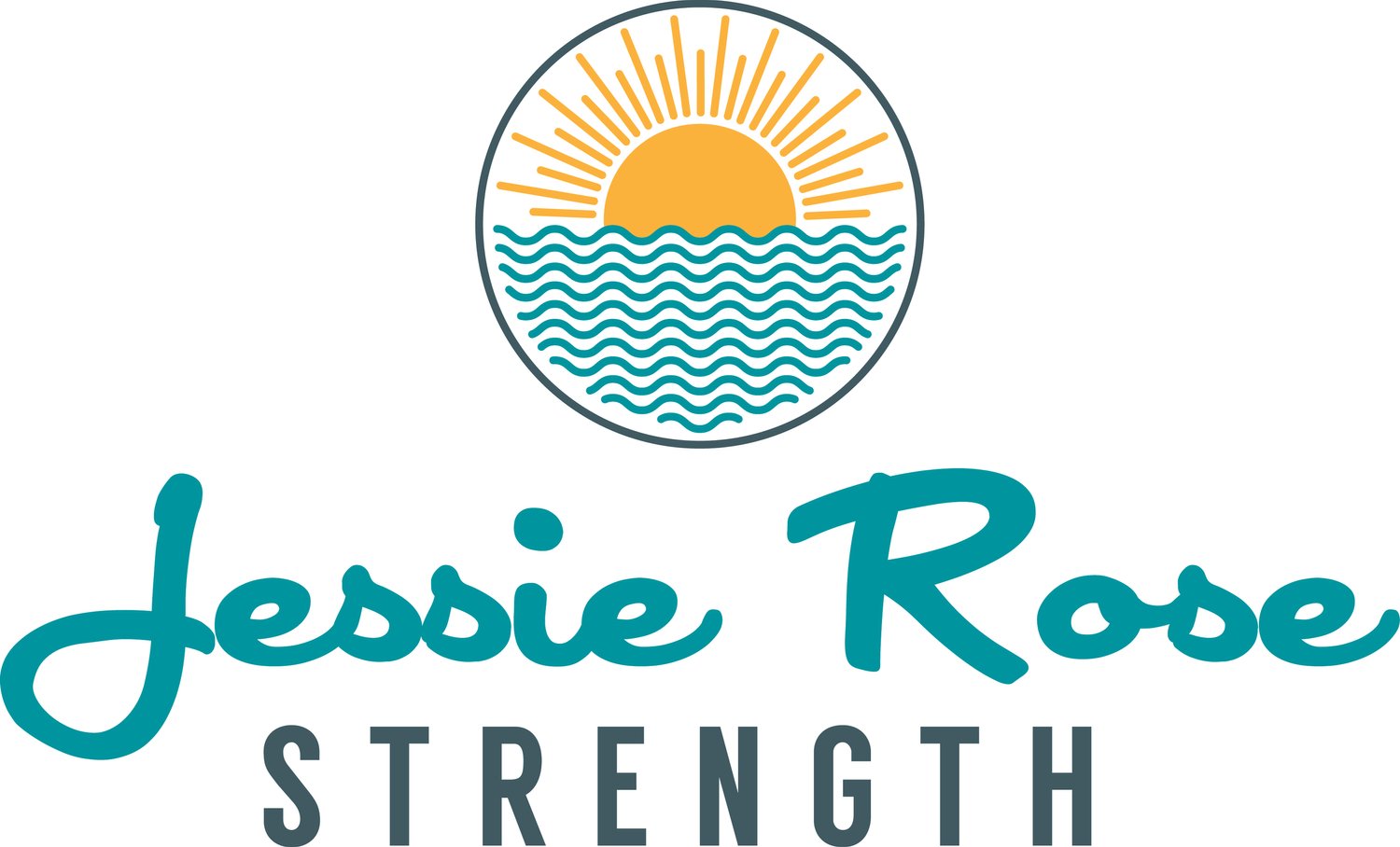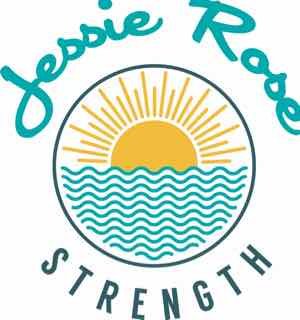Yay, Fats!
Popular diet culture started hating on fats in the 1970's and eventually led to fat being removed from foods and replaced with starches and sugars, which, turns out, is worse for us than just eating the fat! We know now that fat is not only largely responsible for making healthy food taste good, but it also provides many essential nutritional benefits.
Fat is the third macronutrient (alongside protein and carbohydrates) and it plays an important role in energy storage, cell function, and hormone production, among other things. When fat is digested it is broken down into fatty acids, which are used for energy, and monoglycerides, which help with fat digestion and absorption. Because fat is calorie dense, it has 9 kcal/g, compared to 4 kcal/g in carbs and proteins, it promotes satiety, reduces cravings, and helps prevent overeating.
There are three main types of fats:
Trans Fats
Trans fats are mostly found in processed and fried foods. They have the least nutritional value and contribute to increasing LDL or “bad” cholesterol levels. Trans fats should be eaten sparingly.
Saturated Fats
Saturated fats can come from natural food sources, such as dairy, red meat, coconut oil, eggs, and rich dark chocolate, and they may help to balance cholesterol levels and reduce inflammation. Saturated fats should be eaten in moderation.
Mono & Polyunsaturated Fats
These are the “good” fats that we hear so much about. They are found in olive oil, avocados, nuts, flaxseeds, walnuts, and include omega-3 and omega-6 fatty acids. Unsaturated fats help remove excess cholesterol and boost HDL, or “good” cholesterol. Try to have the majority of your fats from this group.
Here are some of the main functions of fats:
Primary energy source: 9 calories per gram = energy dense!
Maintain cell membrane structure
Support hormone production: fat is needed for producing estrogen, testosterone and cortisol, to name a few.
Nutrient absorption: help fat-soluble vitamins A, D, E and K
Body temperature regulation
Protection of organs
And an often overlooked function and benefit of fats: they are TASTY!
When you read this list, I hope you question how fats were ever ostracized from our diets in the first place and that it makes you excited to welcome them onto your plate!
Recommended fat-happy foods:
Avocados
Nuts & seeds (almonds, walnuts, flaxseeds)
Olive oil & coconut oil
Fatty fish (salmon, mackerel, sardines)
Seeds (chia, flaxseeds, sunflower seeds)
Eggs
Cheese
Full fat yogurt
Dark chocolate (in moderation)
The amount of daily fat intake will vary person to person, but the general recommendation is for them to make up about 30% of your daily calories. (Remember, calories are useful when you count them as energy recommendations, they don’t have to only be a restrictive measurement.) To get a ballpark number of recommended calories per day, multiply your bodyweight in pounds by 17. Then take 30% of that to get your recommended daily fat intake.
As with all food groups, it is ideal to get the majority of your nutrients from whole, recognizable foods. That doesn’t mean that there isn’t a time and a place for packaged or processed foods, but the more familiar you are with identifying the types of fats you are consuming, the better you’ll be able to fill your diet with the ones that give you the most bang for your taste buds!
Good luck out there. And remember, yay fats!!

